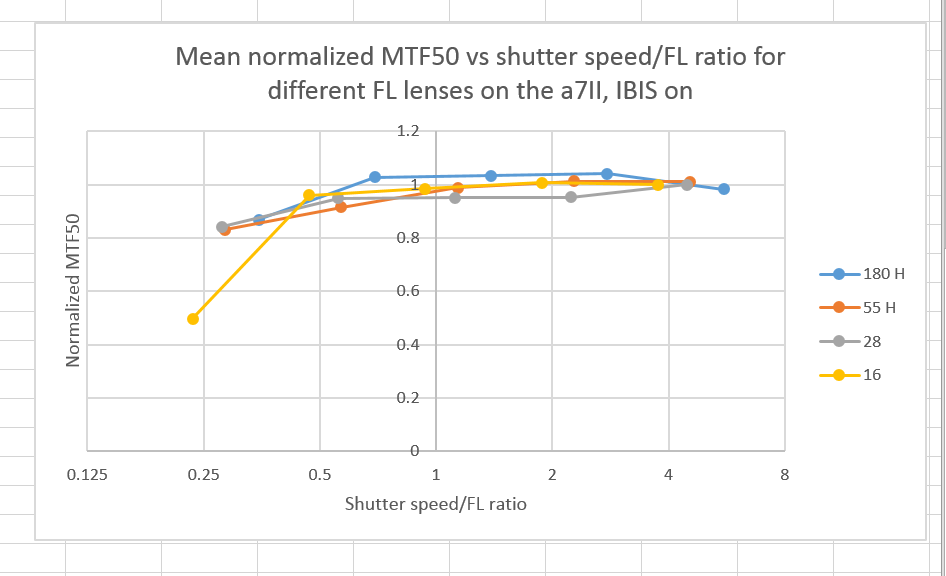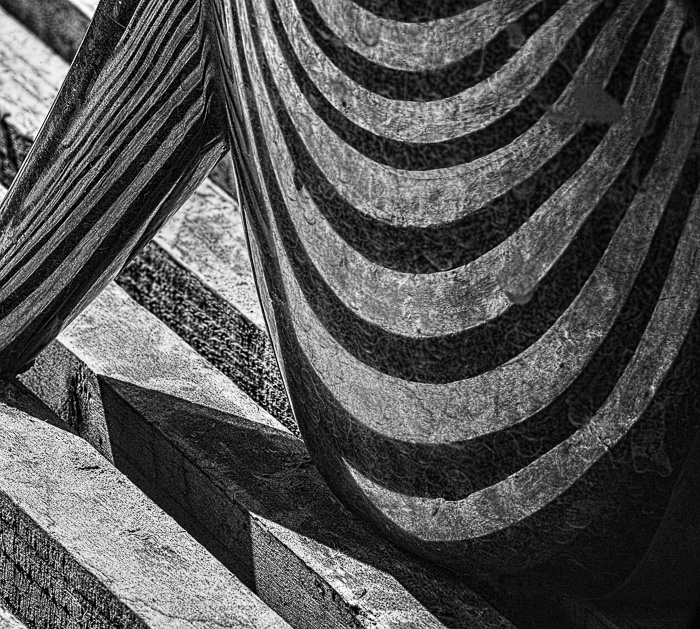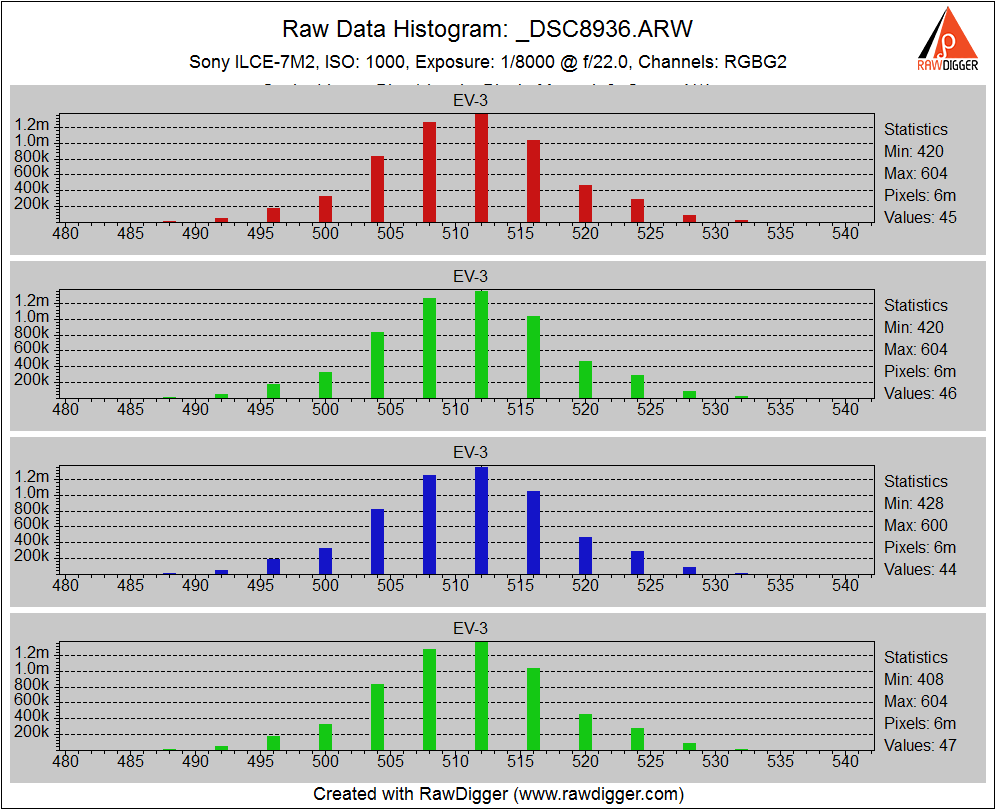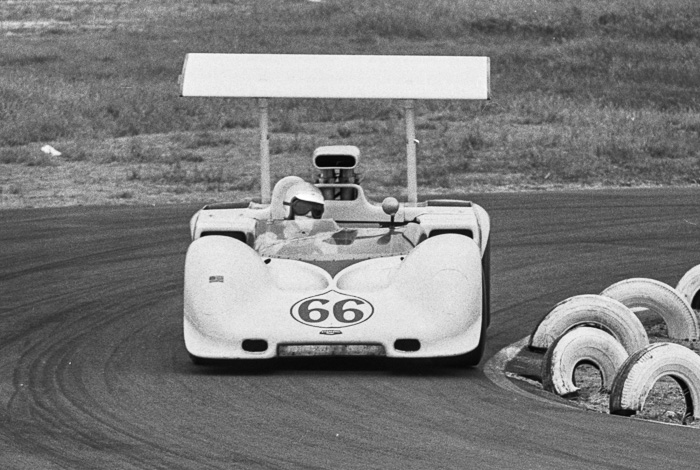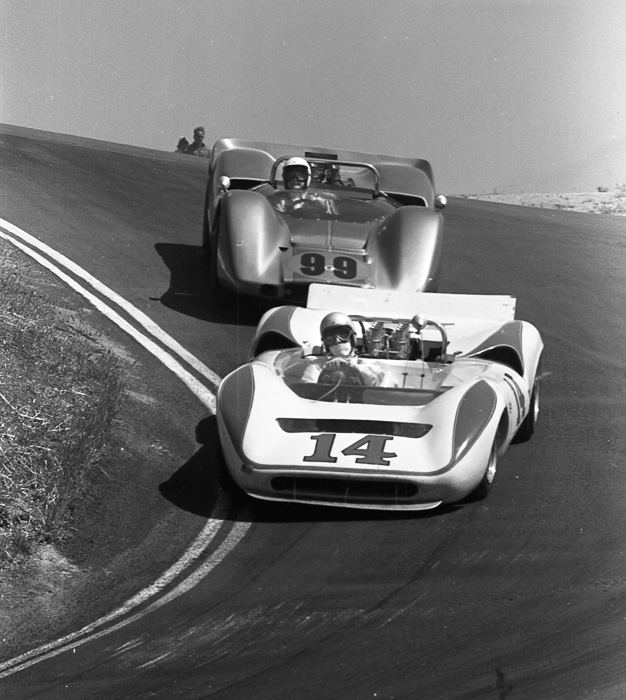When you first learned about photography, right along with the Sunny Sixteen rule, I’ll bet you learned this one: When shooting hand held, set the shutter speed to at least as fast as one over the focal length of the lens. That rule was originally promulgated for 35mm cameras. Should you scale the shutter speed… [Read More]
Archives for April 2015
Teapot
One of the things I’ve been doing while I’m sick and can’t get out much is making a few images of a teapot on the drain board in my kitchen.
Sony a7II precision in continuous low
I’ve reported before that the Sony alpha 7 cameras — the a7, a7R, a7S, and a7II — change their raw digitizing precision from 13 to 12 bits when the shutter drive mode is changed from single shot to continuous mode. I have speculated that the reason they do that is to increase the frame rate…. [Read More]
1968 Laguna Seca USRRC — turn 9
The slowest corner at Laguna Seca is turn 11, a slightly-over-ninety-degree left that opens onto the main straight. Because there’s a fair amount on room on the outside, and you want to carry a lot of speed into the straight or you’ll pay for it for a long time, drivers often approach turn 11 with a… [Read More]
1968 Laguna Seca USRRC — turn 6/6A
There’s a famous pair of corners at Laguna Seca nicknamed “The Corkscrew”. Today, they are turns 8 and 8A. In 1968, before the track was expanded, they were 6 and 6A. Turn 6 is a left-hander at the end of a straight(ish) section of the track that features a blind crest and turn-in. As you enter… [Read More]
- « Previous Page
- 1
- …
- 3
- 4
- 5
- 6
- Next Page »
